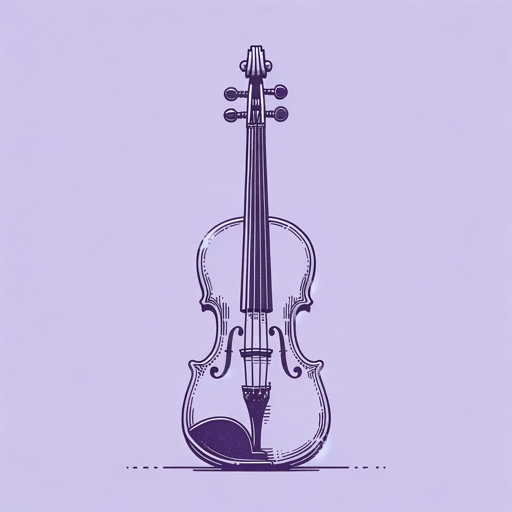56 pages • 1 hour read
Susan KuklinNo Choirboy: Murder, Violence, and Teenagers on Death Row
Nonfiction | Book | YA | Published in 2008A modern alternative to SparkNotes and CliffsNotes, SuperSummary offers high-quality Study Guides with detailed chapter summaries and analysis of major themes, characters, and more.
Background
Sociopolitical Context: Age, Race, and Criminal Punishment in the US
Content Warning: This section references violence, sexual assault, and racism.
Over a century ago, the United States established a separate criminal justice system for juvenile offenders, offering penalties considerably less harsh than those reserved for adults. Nevertheless, since the (perceived) escalation of juvenile delinquency in the 1950s, juveniles have frequently been tried as adults for certain crimes. According to the Juvenile Law Center, this practice intensified in the 1990s, “in the wake of a baseless and racist myth that a generation of ‘super-predators’ was on the rise” (“Youth Tried as Adults.” Juvenile Law Center, 2022). Such prosecutions had much less to do with science or child psychology than with public fear, much of it whipped up by questionable news sources such as tabloids.
The National Juvenile Justice Network estimates that, despite a decades-long decrease in violent crime, 250,000 youths are tried, sentenced, or incarcerated as adults in the United States every year (“Keep Youth Out of Adult Prisons.” National Juvenile Justice Network, 2023). This policy subjects children as young as 11 to the long sentences, limited privileges, and harsh punishments conceived originally for adult offenders, as well as leaving them vulnerable to rape and other violence at the hands of older prisoners.
Related Titles
By Susan Kuklin


